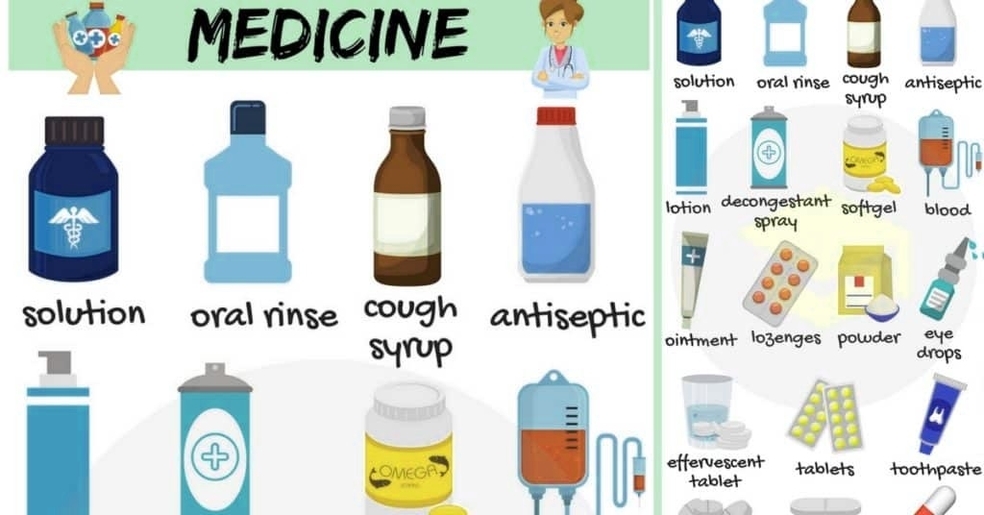Medicines, also known as drugs or pharmaceuticals, are substances used to diagnose, cure, treat, or prevent diseases. They come in various forms such as liquids, powders, capsules, and tablets. Medicines are classified in many ways, and here are some of the key types:
1. By Level of Control: This distinguishes prescription drugs, which a pharmacist dispenses only on a physician’s order, from over-the-counter drugs, which consumers can order for themselves.
2. By Chemical Structure: This is how the molecular makeup of a drug is uniquely structured.
3. By Mechanism of Action: This is how the drug causes specific biochemical changes in the body.
4. By Physiological Effect: This is how an organ responds to the drug.
5. By Therapeutic Effects: This refers to the intended beneficial effects of the drug.
Here are some examples of medicine classes:
– Antipyretics: These are used to reduce fever.
– Analgesics: Also known as painkillers, these are used to reduce pain.
– Antimalarial Drugs: These are used to treat malaria.
– Antibiotics: These inhibit germ growth.
– Antiseptics: These prevent germ growth near burns, cuts, and wounds.
– Depressants: These slow down brain activity.
– Stimulants: These speed up brain activity.
– Psychedelics or Hallucinogens: These alter perception and mood.
– Dissociatives: These distort perceptions of sight and sound.
– Opioids: These relieve pain and may cause euphoria.
– Cannabinoids: These relieve pain, control nausea and vomiting, and stimulate appetite.
– Empathogens: These increase feelings of empathy and openness.
It’s important to note that many drugs have multiple uses and, as such, multiple classifications. For example, Lyrica (pregabalin) and Trileptal (oxcarbazepine) are both classified as anticonvulsants and can be used to treat epilepsy. At the same time, Lyrica can be classified as an analgesic and used to treat chronic nerve pain alongside antidepressant drugs like Cymbalta (duloxetine).
The classification of drugs ensures their safe use and helps healthcare professionals and patients understand their uses, potential side effects, and interactions with other substances. It’s always important to use medicines as directed by a healthcare provider to get the greatest possible benefit with the lowest possible risk.



